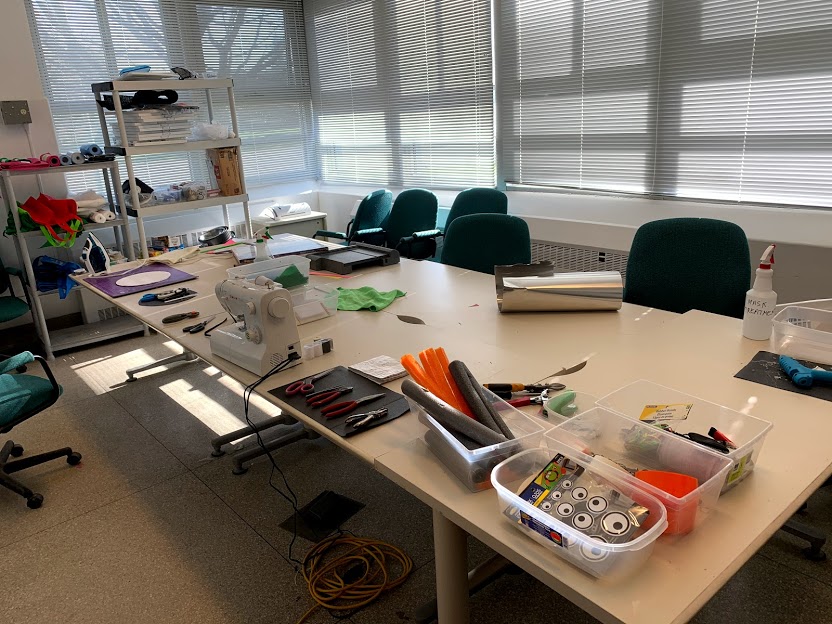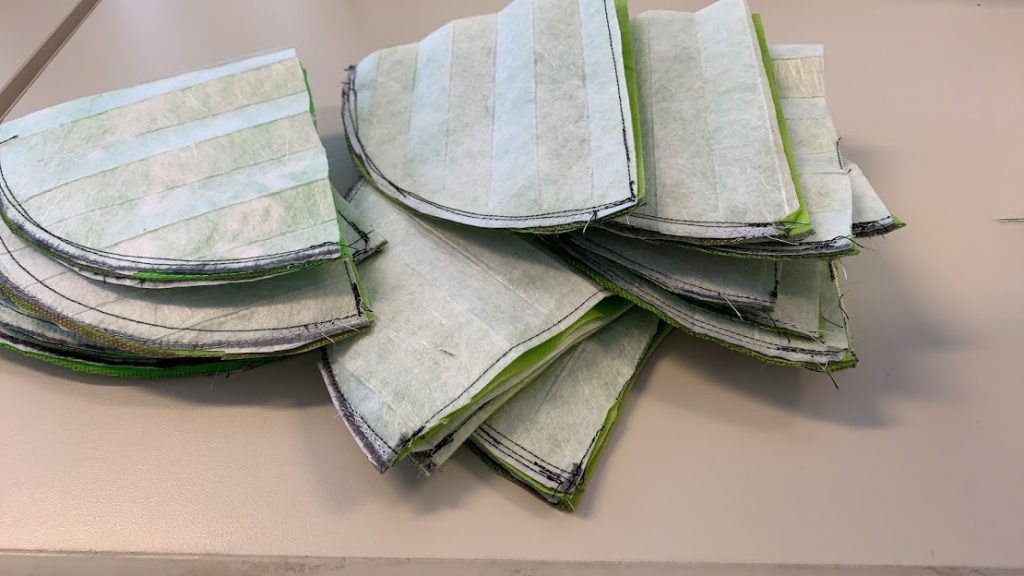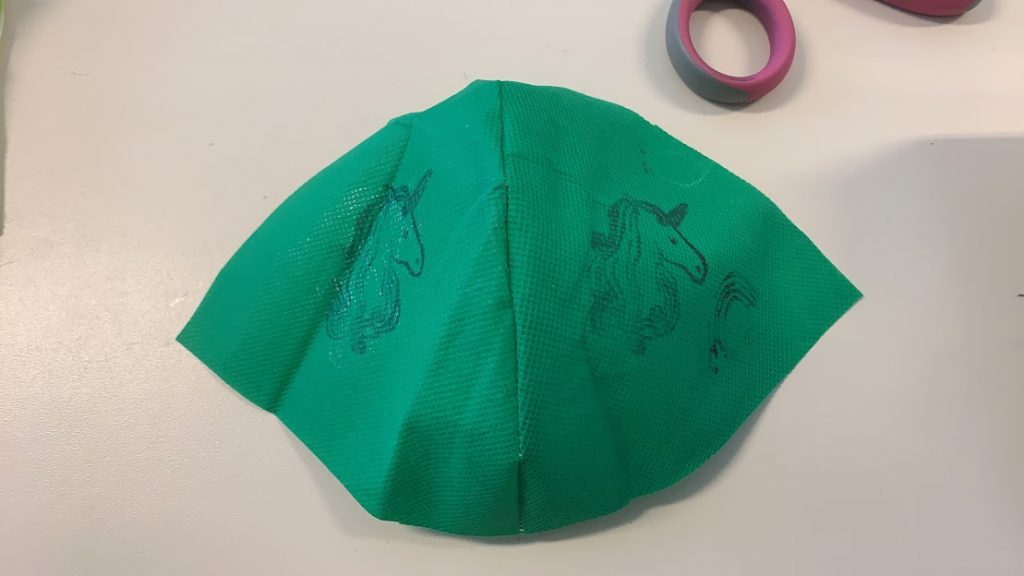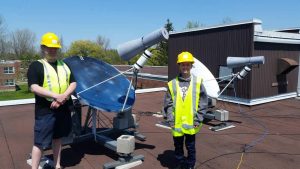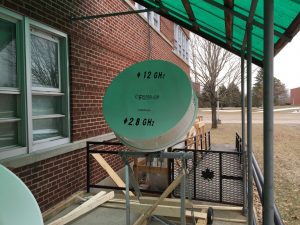Memo: 12 A pulsar observing capability at CCERA
This recent memorandum at http://www.ccera.ca/files/memos/ccera-memo-0012.pdf describes the equipment and techniques used to engage in routine monitoring of bright pulsars, in particular, J0332+5434. Our equipment choices have been largely dictated by our observing goals—we wish to observe J0332+5434 on a daily basis to provide data to a local university for their undergraduate-level course in astrophysics. The target pulsar is “bright” at lower frequencies, which means that an antenna with quite-modest gain is required to observe it. All of the radio astronomy signal processing at CCERA is based on the Gnu Radio 5 software DSP platform. The pulsar signal-processing chain is no different.

